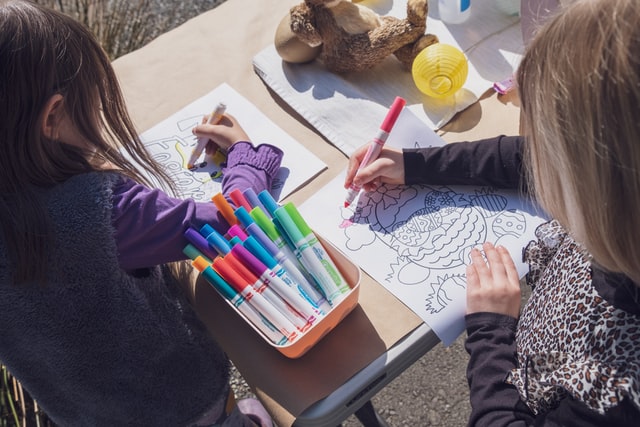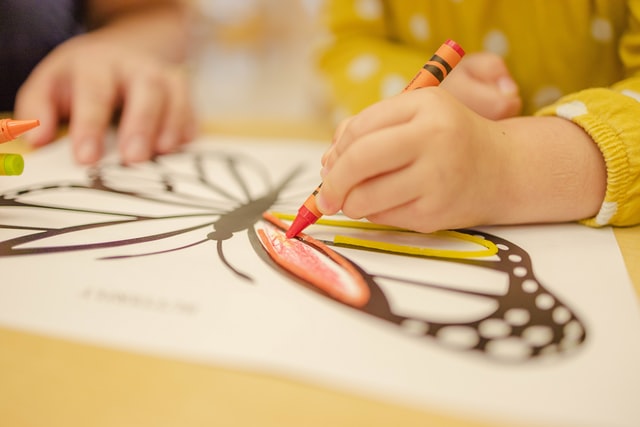If you really want to help your kids become better artists, the best thing you can do is be an involved parent. Children that are exposed to art at a young age will have a huge advantage later down the road. It’s crucial that parents don’t just sit on the sidelines and watch what their kids are doing; they should participate with the child.

There are some things you can do every day that will help them become better at their craft, hence, building their confidence through the entire process. Here are ways you can help your kids learn how to draw.
Make Art Part of The Routine
If you incorporate art into your kids’ daily routine, it will not only help them learn how to draw better, but they’ll also grow as a person. Start by picking a simple pencil and paper sketch every day. It doesn’t have to be anything special – just a quick doodle or outline of an object. Draw using whatever medium you want.
If you’re not much of an artist yourself, it’s okay to use other media like markers or paint. You can get materials from Mofukawa.com, the website that helps to make art easy to learn. You can also pick out a specific theme every day for your kids to draw about. You could do birds one day, and spaceships another day alongside your child so they can observe your technique. You can get as creative as you want as long as the point is for you to do it at the same time your child does.
Use References
Drawings are more realistic when you use references. When your child is drawing, encourage them to look at objects around the room and try to copy them in their drawings.For example, if they’re making a flower drawing, they can draw it in front of a real flower for reference. This makes the picture much more accurate than just taking an image in your head. Art is all about creativity, but you need skills to go with it.
Some of the most amazing artists in history used references when they made their masterpieces, so there’s no shame in using them either. When you’re drawing an object, it’s always ideal to have a picture of them in front of you. If your child is using references when they draw, ask them which part of the picture they used as a reference and why. That way they’ll know how to use references better in the future.
Use Directed Drawings
In this type of drawing, the subject is drawn separate from its background. The goal for this method is to get your kids to learn how to draw an object’s exterior form correctly; the interior details are not important at this stage, but you need to make sure they get all their lines correctly (i.e no pencil marks left behind). The subject of the drawing is drawn in full, with no erased lines visible.
This process can be repeated until you are happy with the results. You can use a ruler to help with drawing straight lines and shapes. An example of this is when you are asking your child to draw a house. The exterior has its own shape, but it still has the same characteristics as other houses (e.g windows, doors). After they get the shape correct, ask them to add in windows and a door.

Use Projection Drawings
In this type of drawing, an object is created by extending lines from other objects within the same picture plane. The goal of this method is to get your kids to look at the original object and then draw what they see in their heads. This way it becomes easier for them to visualize what they are drawing. By drawing cubes you can create other objects. For example, by drawing a square and then the same line again slightly lower down, you get an object that is half of the size (a square).
The further down you draw this line, the smaller the object will be in comparison to the original. This way your kids can draw a face by trying to visualize what is behind it, drawing lines along with their memory of this object. This way they are learning how to draw in perspective.
Conclusively, do not erase your child’s mistakes. This will only make them frustrated and discourage them from continuing to draw. Instead, take a step back and let your child continue drawing until they get it right. This way it gives them time to think in the meantime and also knows that they are making progress. You should also do this as a daily routine to help them train their minds and understand how to learn new things.










